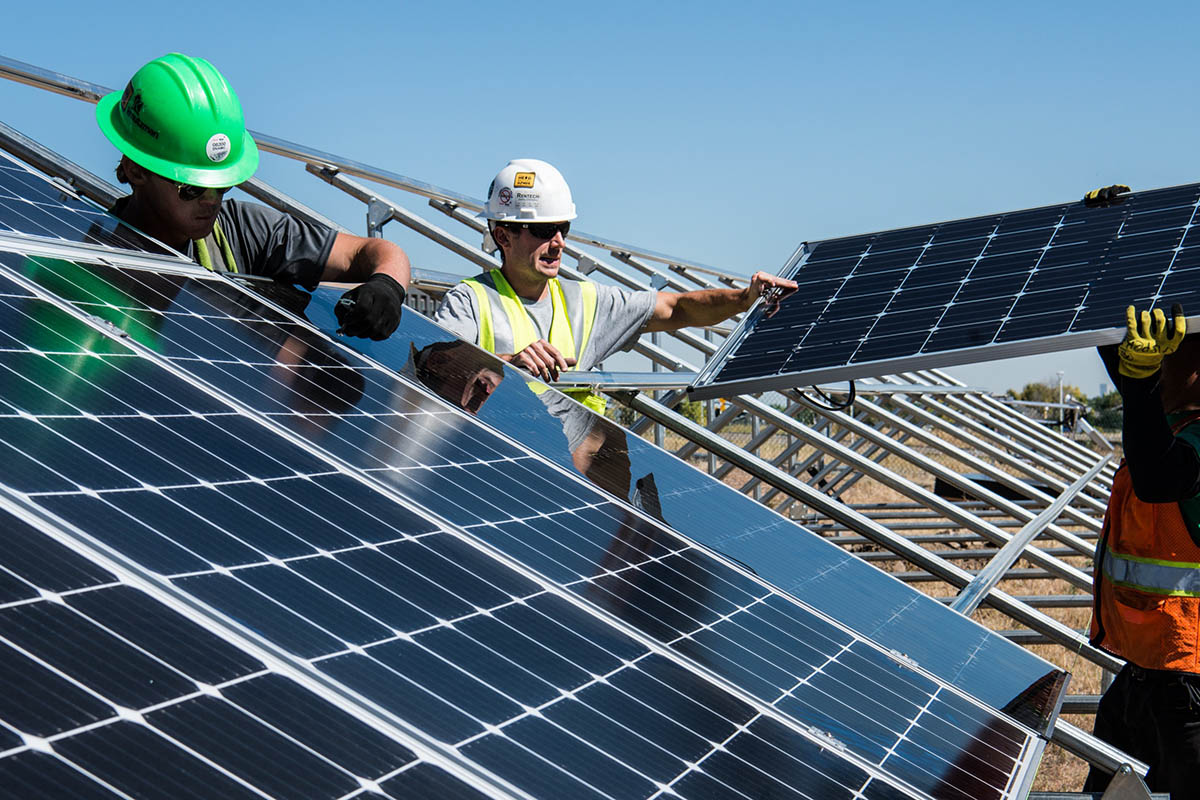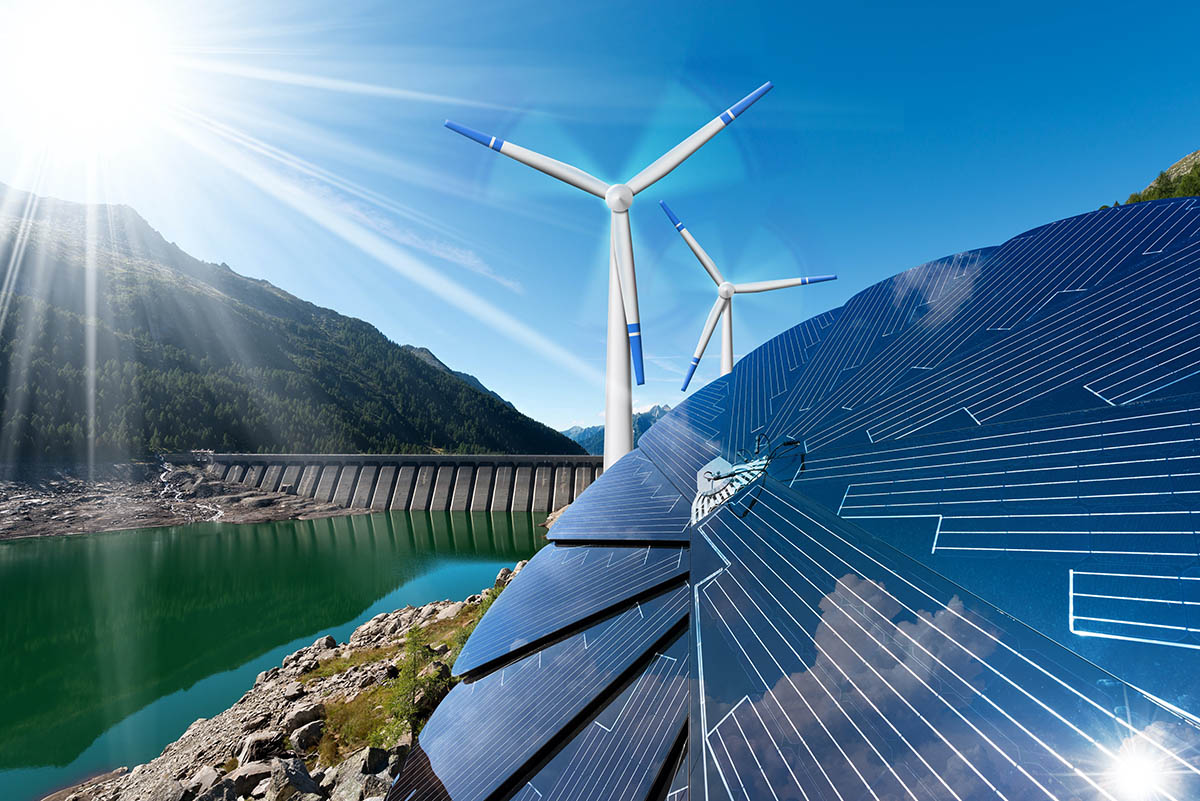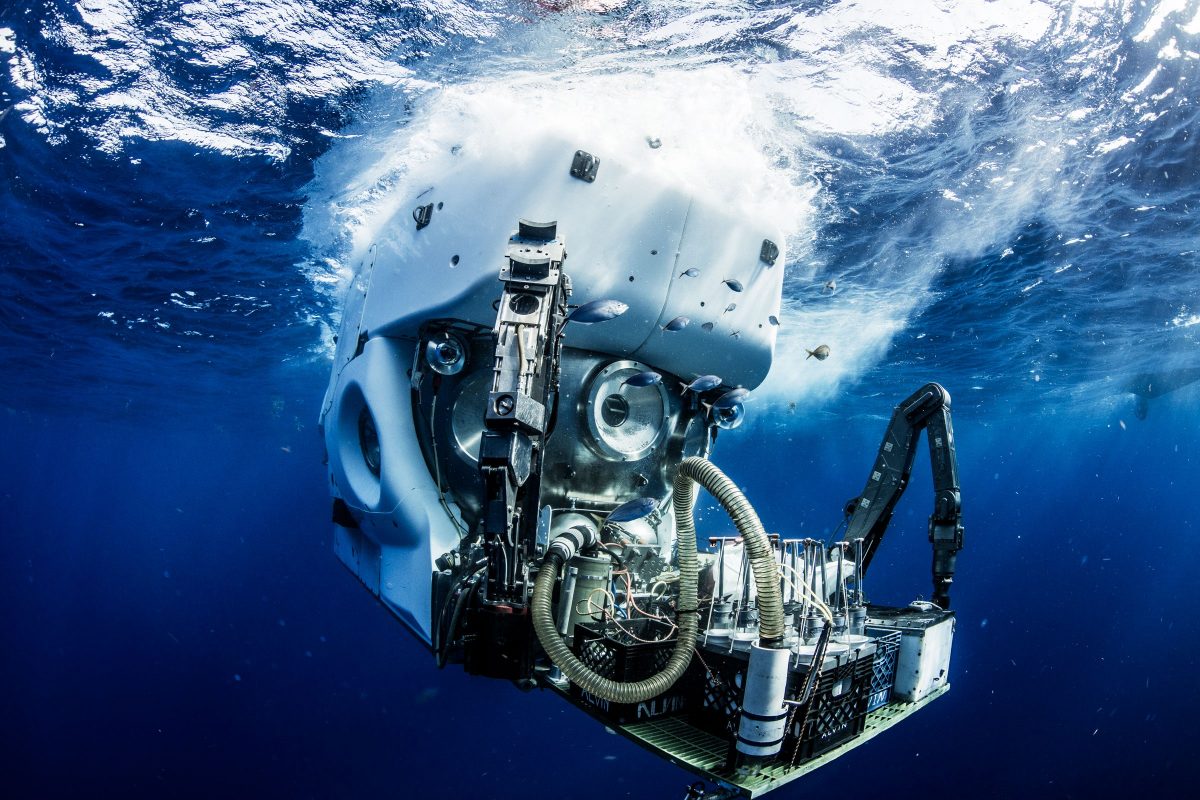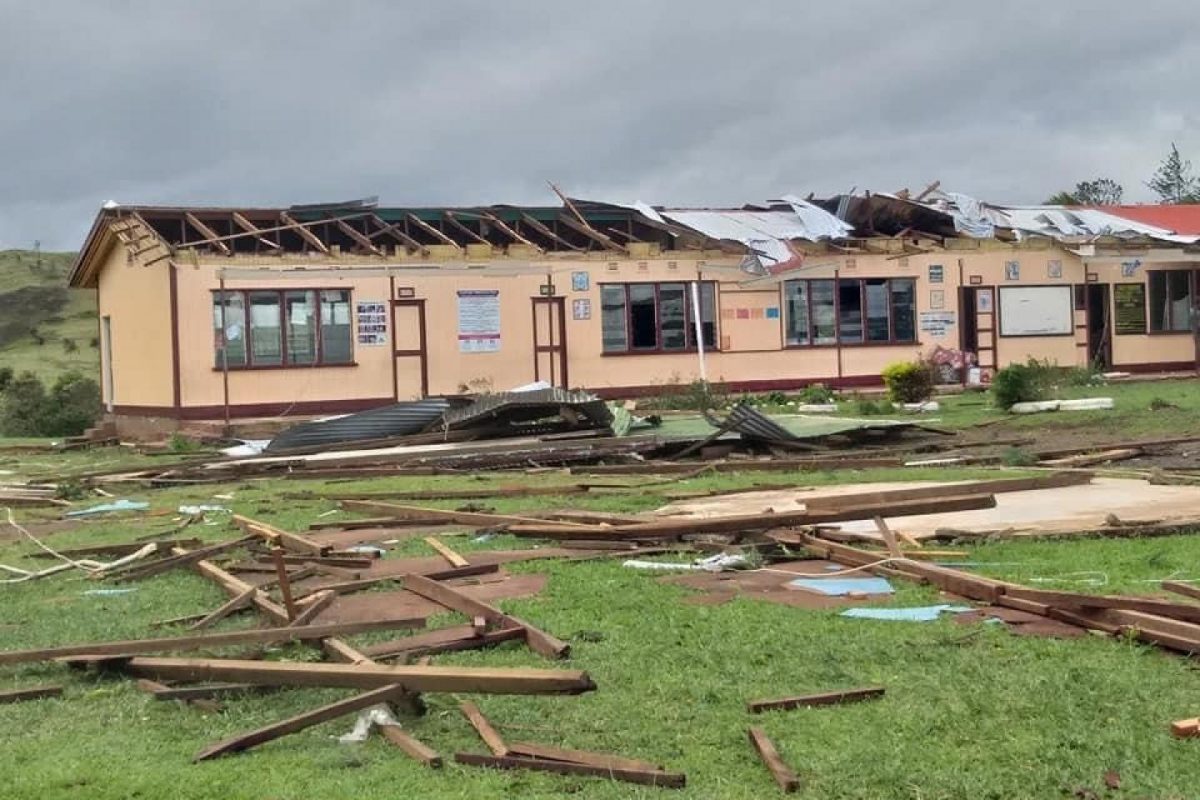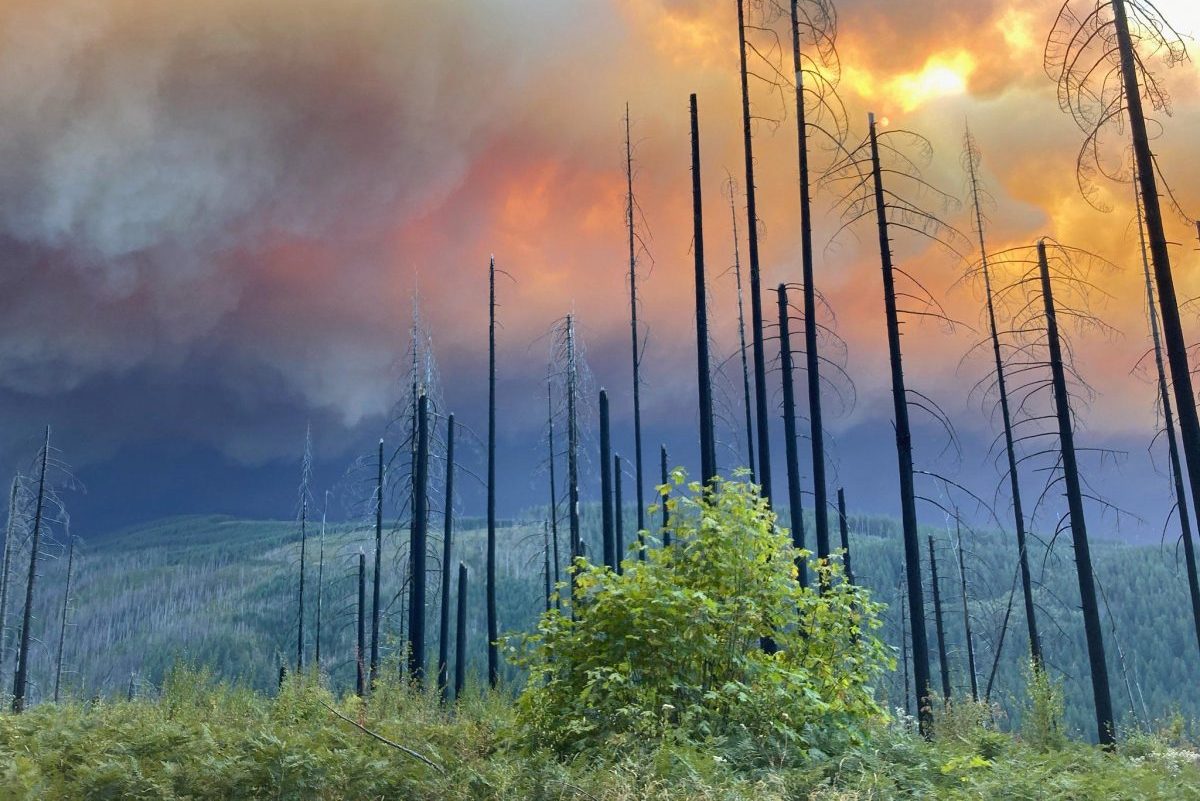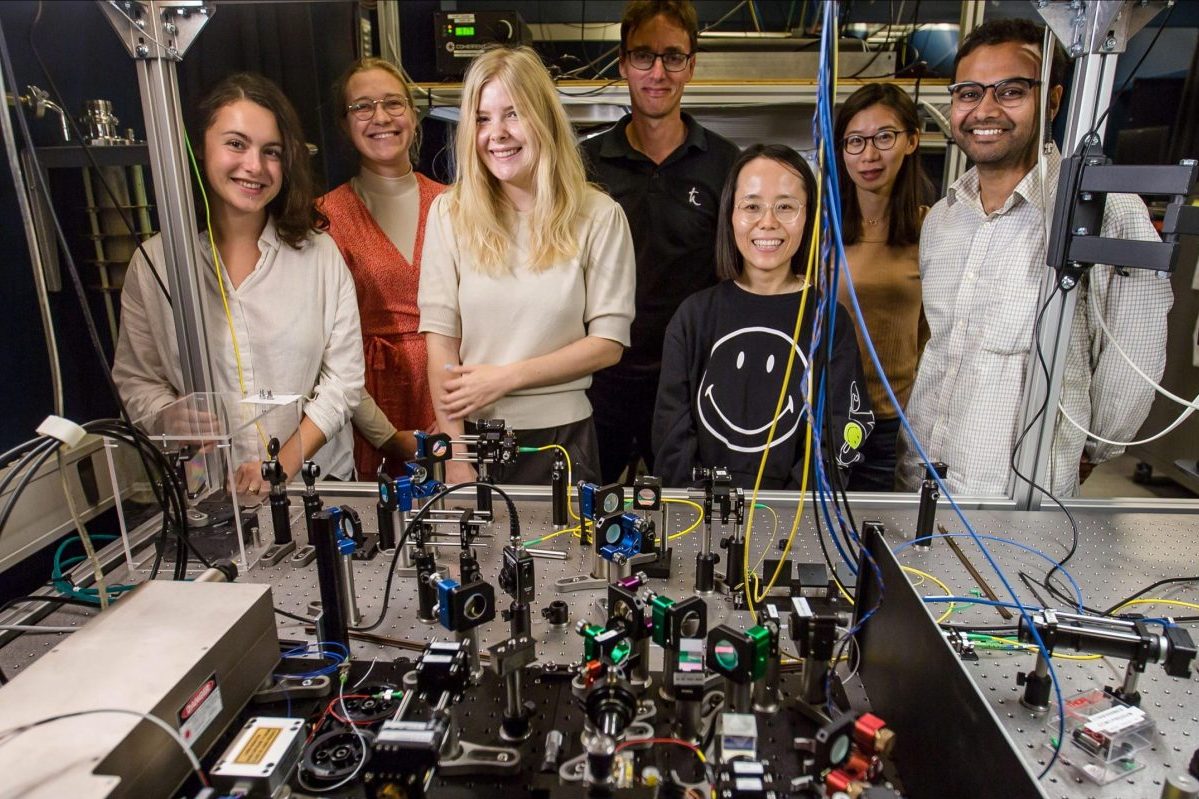Low carbon energy means energy that is generated using lower emissions of carbon dioxide. Carbon dioxide is one of the greenhouse gasses that contribute to global warming and climate change. Apart from energy uses, carbon is also emitted by natural causes like volcanic eruptions and forest fires.
The use of low carbon energy is not only more cost-effective, but it is also a good way to reduce our dependency on carbon-emitting energy sources such as coal and fuel, which is proven to be a major factor in climate change.
There are four different types of low carbon energy. Three of these four are renewable energy sources and are…
Working in The Renewable Energy Industry
Having a job in the renewable energy industry isn’t exactly a walk in the park. This not a common 8-hour shift job wherein you just sit in the office all day doing papers. Although some workers do menial tasks, others spend most of their time on the turbines and types of machinery. Those turbines don’t run and maintain themselves.
In a wind power plant, there is not much difference in the purpose and functionality of the turbines. Whether on-site or in the home, area managers need to be very attentive should there be a concern in the machinery. Technicians and engineers have to be alert at any time and be prepared to …
Renewable Energy and Its Sources
A renewable energy resource is technically sustainable energy. Alternative energy is an energy source that has an indefinite amount of energy source that does not run out, unlike the non-sustainable sources like coal.
On the other hand, low-energy or zero-carbon energy is nuclear generated energy that is not renewable. It emits zero or low levels of CO2 and is not dependant on the weather.
The most common and widely developed renewable energy sources are solar energy, tidal energy, wind energy, geothermal energy, hydro energy, and biomass energy. Apart from being sustainable, these energy resources emit little to no carbon, …
How Pickling Can Lock Carbon in Oxygen-Free Ocean Depths
Did you know that there are parts of the ocean contain little to no oxygen? Due to this, there are no plants or aquatic animals that can live there. However, this type of environment is preferable to some microbes, and those are one of the places wherein they strive.
Because of climate change, these unique ecosystems continue to expand and strive. This is something that concerns fisheries and other locations that are dependent on seas rich in oxygen for livelihood and other aquatic activities.
But what piques the interest of a noted biogeochemist, Morgan Raven, is the continuous change of the chemicals in the sea and how it …
The Tropical Cyclone Yasa on Fiji
Fiji has been preparing itself for the inevitable arrival of a severe tropical cyclone known as Yasa. Citizens in the low lying areas have been issued warnings and advised to evacuate to escape the perils of the approaching storm. According to forecasters, the height of the waves in the eye of the storm could reach at most 45 feet in length or 14 meters. The eye of the storm appears to be moving straight ahead to the islands of Vanua Levu and VitiLevu.
Yasa emerged on December 12 as a tropical storm and had developed into a cyclone by December 14. The storm has had a lot of opportunities to gain momentum and growth. This is because …
The Effect of Climate Change in Oregon’s Western Cascades
A study claims that the changes in temperature and humidity due to climate change can lead to longer fire happenings and more brutal fire weather in the mountains of Oregon’s Western Cascades.
The lead author of the study, Andy Mcevoy, says that the changes in climate can lead to many possible scenarios that could lead to extreme fire situations. The study also suggests that there will be several days the components that create fire will align and cause fire happenings.
According to their simulations, there is a significant increase in the possibility of fire to happen in as little as eight days, with the peak number of…
Quantum Advantage: A Computing Breakthrough by Copenhagen Researchers
Google was the first to advance technology in the quantum physics field by building the first quantum computer in the world. Interestingly, researchers from NielsBhor Institute and in cooperation with the University of Bochon are now developing the first quantum computer.
The director of the Center for Hybrid Quantum Networks, Professor Peter Lodahl, asserted that they now have the tool to build a quantum simulator that is faster and more efficient than the world’s supercomputer.
To put it simply, the researchers have successfully developed a nanochip the size of 1 tenth of a hair. The nanochip is capable of producing …
Next-Generation Quantum Computer: Ultra Sensitive Microwave Detector
The use of microwave spans an extensive range in our technological and scientific fields. We can use microwaves for radars, mobile communications, and even astronomy.
Recently, a combined team of scientists from Raytheon BBN Technologies, POSTECH, Harvard University, Spain’s Barcelona Institute of Science and Technology, Massachusett’s Institute of Technology, and Japan’s National Institute for Materials Science have worked together to develop a very ultrasensitive sensor to detect microwaves at the highest theoretical sensitivity possible.
As of today, we use a bolometer to detect microwave power. The team …
Using the Sun’s Energy to Create Clean Drinking Water
Drinkable water is necessary for life. Despite this fact, it is unfortunate that approximately 1.1 billion people cannot access clean water while 2.4 billion suffer from illnesses due to drinking unclean water.
Although there are advancements in science with water treatment methods to produce drinkable water, most are extremely costly. Thus countries with poor sectors can only produce them at a low productivity rate.
More recent technology has demonstrated great promise as an …
Masks Have Disrupted Our Facial Perception
Masks have been a necessity and a must-have when going out of the house today because of the worldwide pandemic, COVID 19. Unknown to most, wearing masks disrupts our way of perceiving and recognizing familiar faces. This has been a challenge that is common to us amid the pandemic.
Our face is among the most informative and essential aspects of our perception. With the emergence of the pandemic, almost everyone outside has started wearing masks. This event has created a stir in our ability of facial recognition.
Noted professors, Professor Ganel and Professor Freud from Ben-Gurion University of the Neveg (BGN) in Israel …

